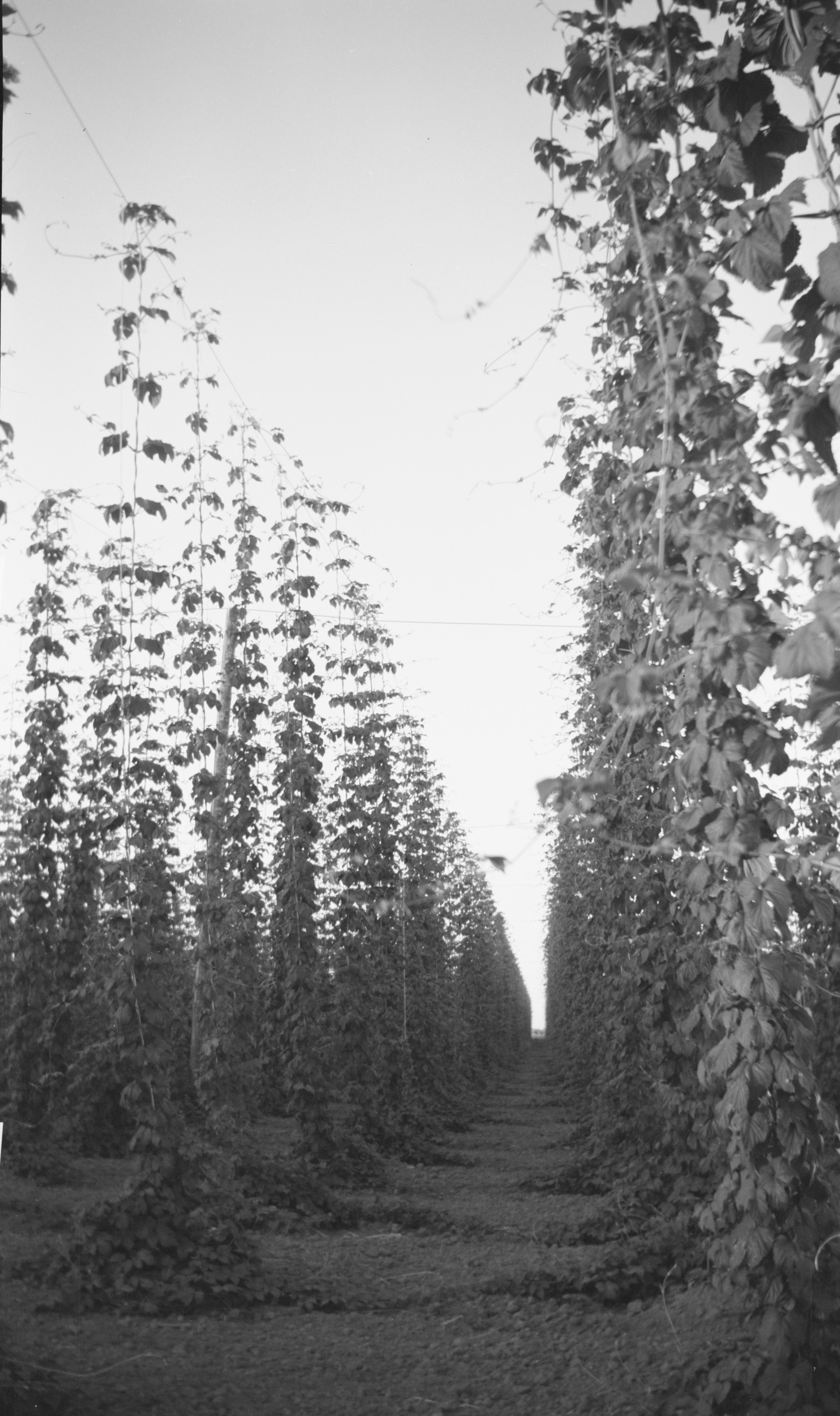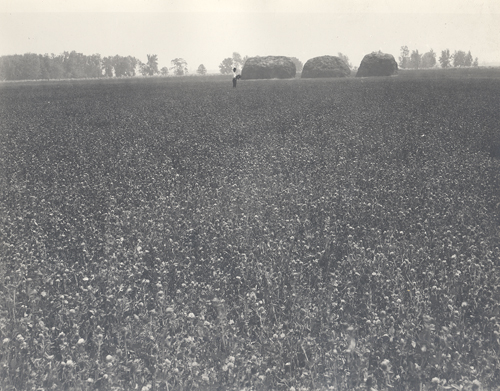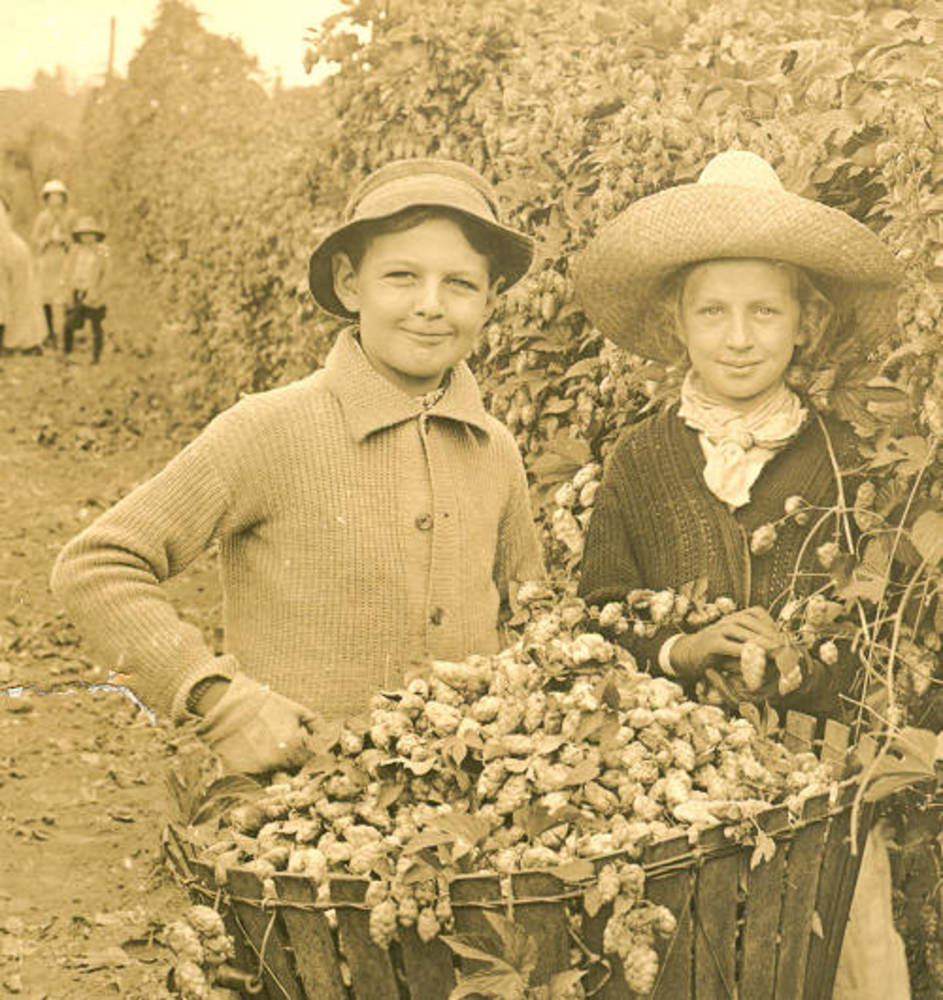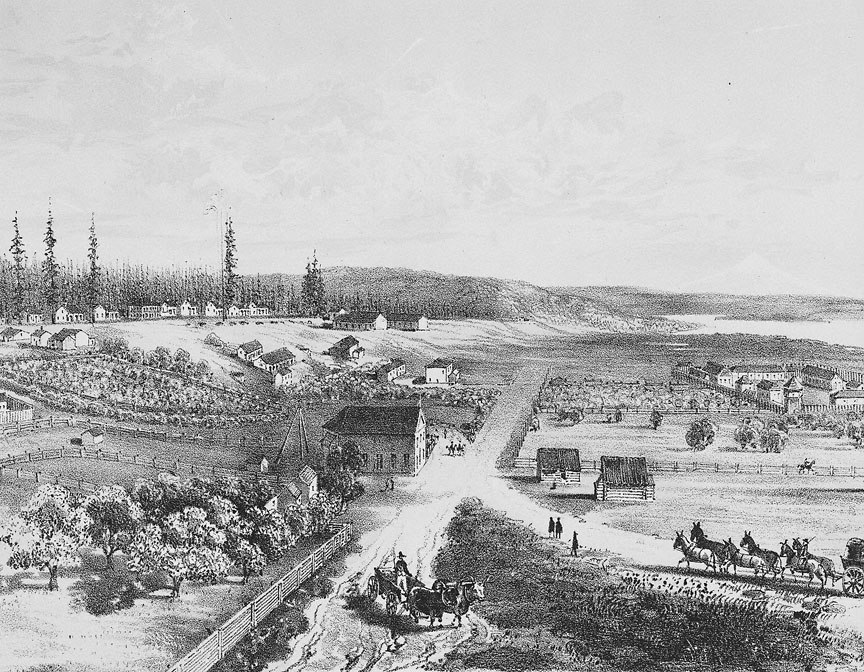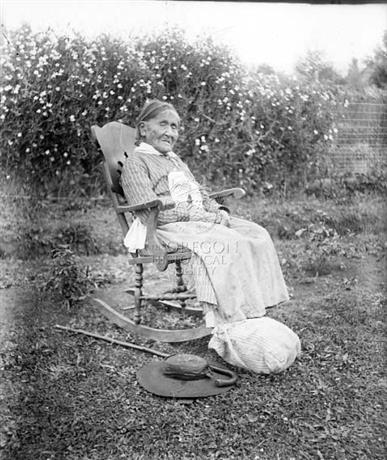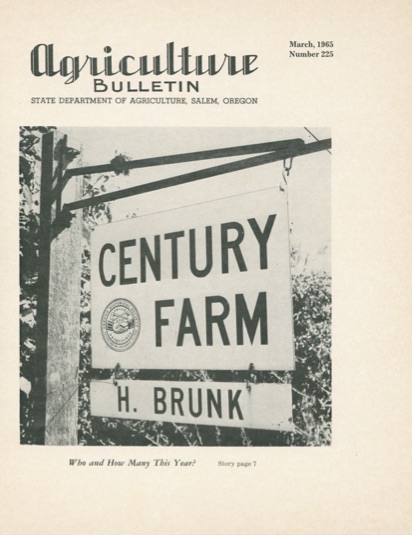The farm established by Augustin and Marie Raymond in about 1842 is in the mid-Willamette Valley in what is today known as French Prairie. The Kalapuya Indians of the Willamette Valley made good use of the fertile lands there, where the open landscape, kept clear by strategic burning, was dotted with fields of camas and groves of acorn-producing oak trees. The establishment of Fort Vancouver by the Hudson’s Bay Company in 1825 brought French Canadians to the area, who had come to Oregon Country as fur trappers or engagés. After serving the company, a number of them remained, and many, including Augustin Raymond, settled on French Prairie. Raymond apparently started his farm in about 1842, and it is estimated that he eventually controlled more than a thousand acres.
Augustin Raymond—born in Québec in 1811 as Augustin Remon—married Marie Anne Servant, the daughter of Josephete or Josette (Okanagan) and Jacques Servant, at the St. Paul Catholic church in 1843. That same year, Willamette Valley settlers established Oregon’s Provisional Government in Champoeg. Although the governing body had no legal authority, the men who served in it deliberated and passed laws, including a land grant provision for farming settlers.
The Raymond family, which came to include ten surviving children, ran a subsistence farm that provided much of what they needed, as food for themselves, or as crops or livestock that could be traded for other goods. Wheat quickly became the valley’s principal product, traded to Alaska through the HBC’s 1839 agreement with the Russian America Company or bartered or converted to flour for home use. Mission Creek, which headed on the Raymond land, powered an early gristmill a few miles north at Champoeg. Family history notes that the Raymonds were among the first to grow hops in the valley in the late nineteenth century.
One grandson, Henry Raymond (1887–1968), continued to grow hops and later turned to grain growing and dairying. In 1960, he sold the farm to his daughter and son-in-law, Dolores and Carlos Bustamente. The Bustamentes sold the dairy operation and by 1965 were growing row crops of vegetables—bush and pole beans, cucumbers, cauliflower, and broccoli—for both fresh market and canning use. They also grew grass seed and wheat and in 1969 established a roadside market stand to sell their vegetables.
The Bustamentes’ farm, which included a sizable acreage inherited through the Raymond family, was designated an Oregon Century Farm in 1973. It is among the earliest Euro-American settled property so designated, having been continuously farmed by descendants since about 1842. The land, located south of St. Paul near the intersection of River Road Northeast and Davidson Road Northeast, is still in agricultural use.
-
![]()
Rows of hops in Willamette Valley.
Oregon Historical Society Research Library, OrgLot74_0056 -
![]()
Dolores and Claudio Bustamante with their children.
Courtesy Donna, via Findagrave.com -
![]()
St. Paul Mission, drawing by Pierre-Jean de Smet.
Courtesy Oregon Hist. Soc. Research Lib., bb007048
-
![]()
Champoeg, French Prairie, 1900.
Oregon Historical Society Research Library, 56048, photo file 228
Related Entries
-
![French Prairie]()
French Prairie
Located in Oregon's mid-Willamette Valley, French Prairie was resettled…
-
![Grass seed industry]()
Grass seed industry
The Willamette Valley, with its temperate climate, wet winters, and ari…
-
![Hop Industry]()
Hop Industry
Hops are perennial, cone-producing, climbing plants native to Europe, A…
-
![Hudson's Bay Company]()
Hudson's Bay Company
Although a late arrival to the Oregon Country fur trade, for nearly two…
-
![Kalapuyan peoples]()
Kalapuyan peoples
The name Kalapuya (kǎlə poo´ yu), also appearing in the modern geograph…
-
![Oregon Century Farm & Ranch Program]()
Oregon Century Farm & Ranch Program
The Oregon Century Farm & Ranch Program was founded in 1958 to recogniz…
Related Historical Records
Map This on the Oregon History WayFinder
The Oregon History Wayfinder is an interactive map that identifies significant places, people, and events in Oregon history.
Further Reading
Augustin and Marie Raymond Farm. Oregon Century Farm and Ranch Application. Oregon Century Farm and Ranch Program, Oregon State University. "CFR0363" Oregon Digital.

